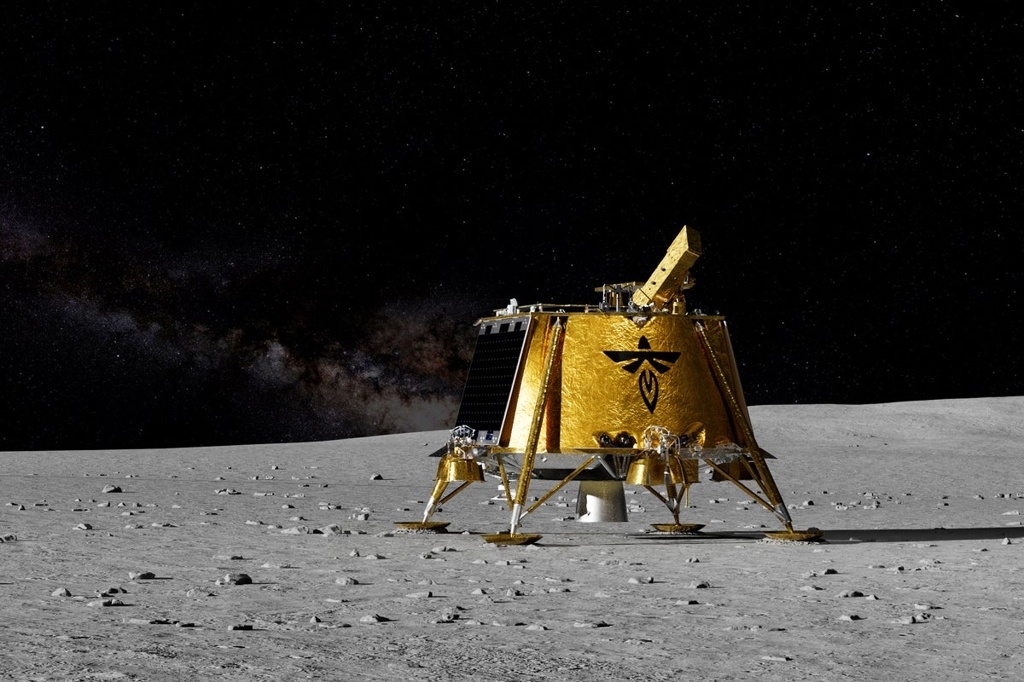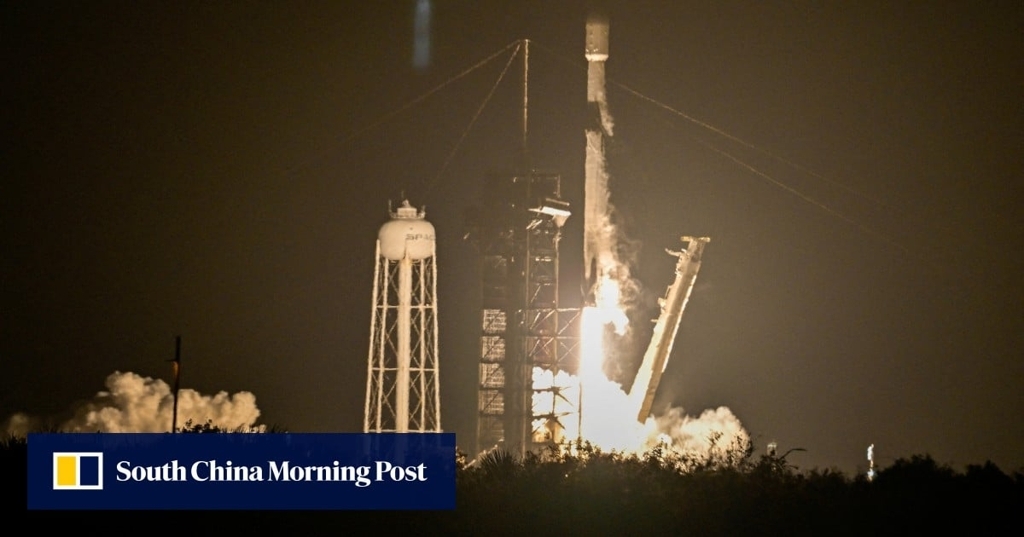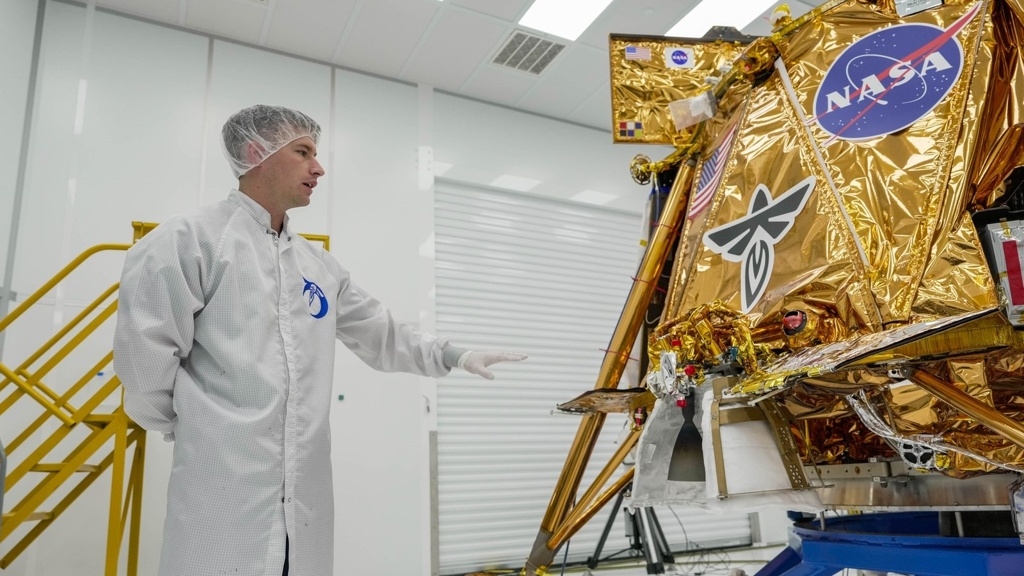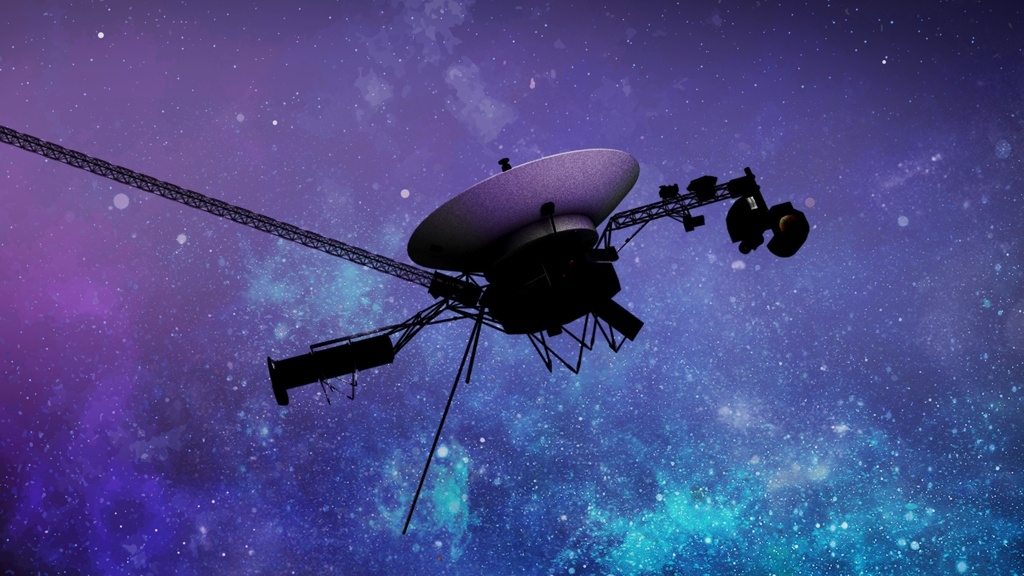Firefly Aerospace's Blue Ghost Makes Historic Moon Landing
Firefly Aerospace’s Blue Ghost marks a milestone as the first private lunar lander to touch down upright, heralding a new era in space exploration.

Key Points
- Firefly Aerospace
's Blue Ghost successfully landed on the moon, becoming the first private spacecraft to do so upright.
- The mission involved advanced technology that enabled precise landing and carried ten scientific instruments for NASA's lunar exploration efforts.
- This achievement signals a new era of collaboration between private companies and NASA, fostering innovation and reducing costs in space exploration.
On March 3, 2024, Firefly Aerospace made history by successfully landing its Blue Ghost spacecraft on the lunar surface, marking a significant milestone in private space exploration. This achievement not only underscores the capabilities of private companies in space research but also paves the way for future missions aimed at unlocking the mysteries of our celestial neighbor.

With the successful touchdown of Blue Ghost, which landed upright near Mons Latreille in
, Firefly Aerospace became the second private company to achieve this feat, positioning itself as a leader in lunar technology. Unlike previous missions that faced challenges—such as
' craft, which toppled over on its debut landing—Blue Ghost stood firm, showcasing the effectiveness of its landing technology.
Precision Engineering and Technological Advancements
The Blue Ghost spacecraft demonstrated remarkable precision during its descent, landing within 100 meters of its intended target after executing two hazard avoidance maneuvers. As noted by Ray Allensworth, the program manager, "We did do two hazard avoidance manoeuvres on the way down—this tells us that our software worked exactly as it needed to". This level of automation and control exemplifies the innovative strides made in aerospace engineering since the Apollo era.

The spacecraft's payload included ten scientific instruments designed for various experiments, such as analyzing lunar soil and studying radiation levels. This collaboration with NASA represents an effort to reduce the costs of lunar exploration while simultaneously fostering a new economy that promises to expand human presence on the moon. As stated by Dr. Simeon Barber from the
, Blue Ghost is considered the first successful private venture to the moon, as the vehicle remained intact and responsive.
The Future of Lunar Missions
Looking ahead, the successful landing of Blue Ghost has set the stage for upcoming lunar missions. Another private lunar lander,
from Intuitive Machines, is expected to land soon, focusing on the moon's southern pole. Together with these efforts, companies like ispace aim to establish reliable technology for lunar operations, fostering competition and innovation.

The moon's significance extends beyond mere exploration. Companies foresee using lunar resources, such as water and minerals, as critical elements for future missions to Mars and beyond. The existence of water ice near the lunar poles could offer essential support for sustaining human life during long-duration space missions, reaffirming the moon's role as a launchpad for further interplanetary exploration.
Importance of Collaboration and Innovation
NASA's partnership with private companies exhibits the potential that exists within the realm of space exploration. By decreasing costs through competition, these missions can act as a catalyst for technological advancements that may have previously seemed out of reach. Each mission not only strengthens operational knowledge but also fosters a culture of learning that benefits the broader space community. "Every time we go up, we’re learning from each other", noted Firefly CEO Jason Kim, highlighting the collaborative spirit of the new frontier.
As we stand on the cusp of a new era in space exploration, the successful landing of Blue Ghost serves as a resounding affirmation of both human ingenuity and the unwavering spirit of exploration. The accompanying advancements in technology, combined with a strong partnership between public and private sectors, herald a promising future filled with countless possibilities.
The achievements of Firefly Aerospace and ongoing efforts from other private companies signal an exciting shift in how we explore and understand our universe. With missions like Blue Ghost opening new avenues in lunar research, the potential for groundbreaking discoveries is vast. As the moon welcomes its next visitors, we can look forward to seeing humanity once again reach for the stars.


